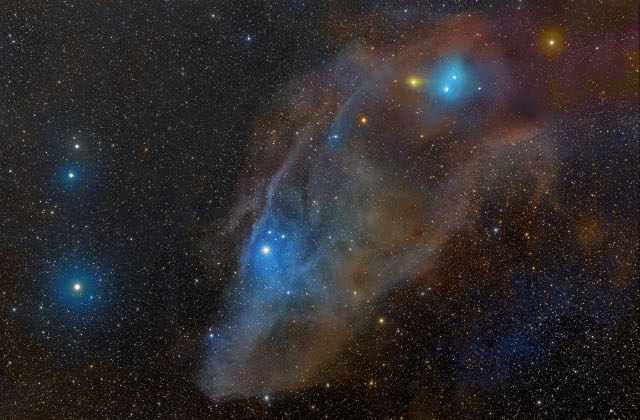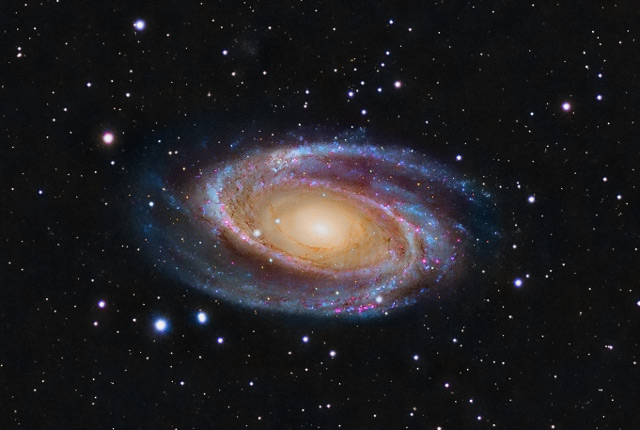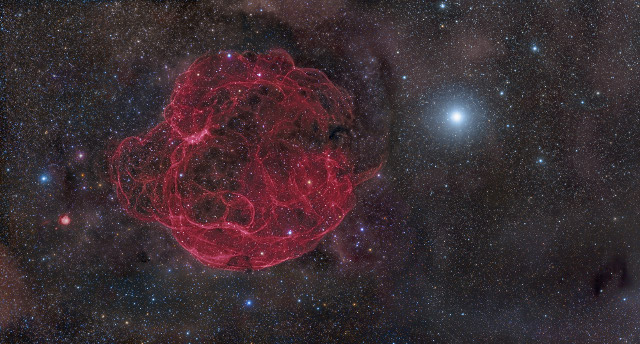When most people look up at the night sky, they might notice the moon or the way a constellation appears on a particular evening. When astrophotographer Rogelio Bernal Andreo turns his gaze to the heavens, he holds up a virtual frame, imagining how the different objects present in the sky would combine to form a composition- planets, stars, galaxies and nebulae in relation to one another, rather than as the focal point of a photographic image, displayed front and center in all its wonder and glory.

Astrophotographers are a special breed of artist, possessing a unique type of dedication and technical skill. Unlike traditional photography, capturing a great image of the night sky likely entails hundreds of miles of driving and hiking, thousands of dollars of complicated equipment, many hours of sitting (or sleeping) next to a camera in the middle of the night and even more time manipulating the image on a computer once they’re back at home just to create a single, usable image.
Within the astrophotographer species are a whole array of subspecies. There are some who photograph star circles and the movement of our planet in relation to the objects in space. There are others who only photograph the planets in our solar system and still others who are obsessed with comets streaking across the sky or colorful nebulae or galaxies.
Rogelio Bernal Andreo, based in Sunnyvale, CA, does ‘wide field photography’ of objects in deep space. He describes what he does as taking a picture of the whole forest rather than of a single tree. When he composes an image, he’s often interested in how the different star clusters, planets or nebulae would compliment one another within the frame of a photograph, taking into consideration the interplay of their different sizes, shapes, positions, luminosities and colors. His results are often profoundly successful, eliciting astonished gasps of excitement from viewers as the details in Andreo’s photographs reveal to them the incredible diversity of deep space.

One of the most common questions the photographer gets from viewers of his images is if the color in his photographs is real. “Absolutely. Absolutely,” he responds emphatically. “There’s that much color out there. We can’t see it because the light is so faint when it reaches us, that we can’t see it. This light has traveled from so far away that when it comes to us, you can’t see the color. But a camera can capture the color. Most of the images that I do are what’s called visible spectrum photography. RGB, red, green and blue photography. I enhance the colors but I don’t change the colors. So in my pictures you can definitely say that those are the colors of these objects.”
